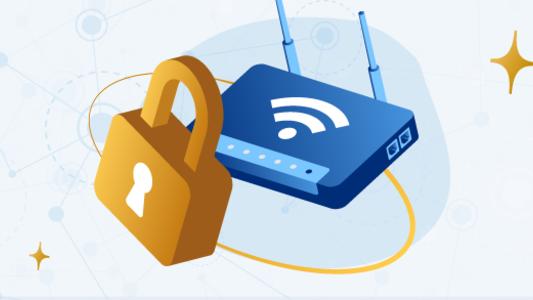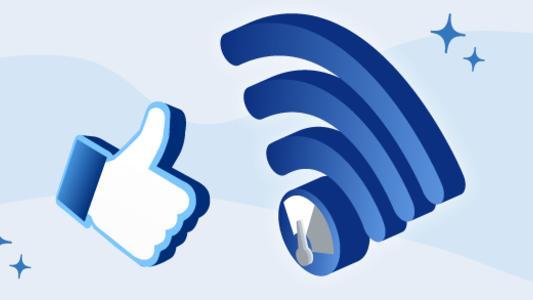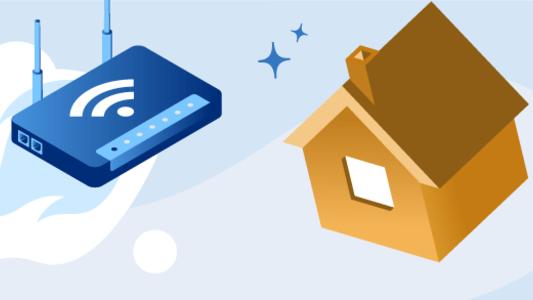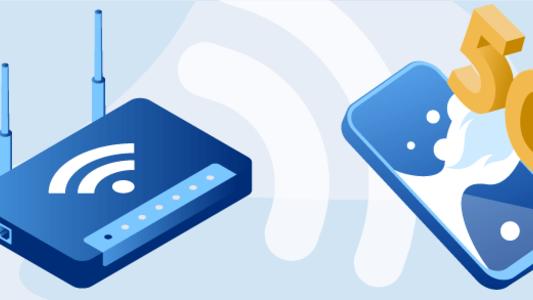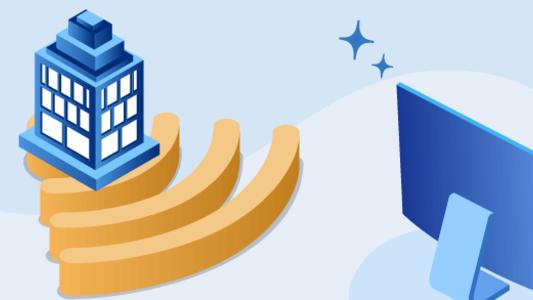Common Internet Terminologies You Should Know About
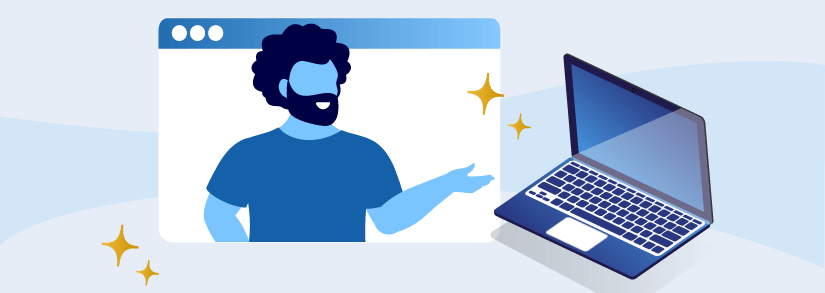
The internet is an immense network of computer systems that are linked together. It is made up of millions of processing and mathematical devices. Desktop computers, cellphones, laptops, tablets, gaming consoles, GPS units, as well as other computing devices are all included. All of these are linked to the internet.
As a digital citizen, you have many technologies at your disposal that aimed to make your life easier. However, if you aren’t aware of the basic terminologies, it might be difficult for you to navigate through day-to-day living.
With that thought in mind, we’ve provided fundamental online terminology to assist you in becoming acquainted with the digital world to help you get a better grasp!
Browser
A browser is an open-source software or even a mobile app that shows web pages, images, and other forms of online material. Firefox, Internet Explorer, Microsoft Edge, and Safari are among the most popular web browsers, however, there are many more.
Web browser application, which is incorporated in or may be installed on computers and mobile phones, is used by Internet users to access the internet. Every web page has a unique address known as a URL, which may be typed in the browser’s address bar to travel straight to a site.
Browser software is specially intended to transform computer code such as HTML and XML into human-readable texts.
3.6 billion people use the Internet right now, which means that more than half of the world's population is connected to the internet, just like you.
Bandwidth
The greatest data throughput, frequently across a network, is referred to as bandwidth. The greater the bandwidth, the more activities you can process at the same time.
For instance, if you're watching Netflix in 4K on your TV while downloading large files on your computer, your internet gaming experience will almost suffer greatly. This is owing to the point that you only have so much bandwidth, and you're utilizing the majority of it for streaming and downloading.
Once you've completed these tasks, your bandwidth will be available for other purposes.
World Wide Web
The World Wide Web is also one of the core Internet terminologies. The World Wide Web, or www, is a digitized collection of material that is saved and exchanged. This is an accumulation of data from several websites that are divided into web pages. It was created in 1989 at the CERN laboratory by Tim Bernes-Lee.
As soon as you’re connected to the internet, the World Wide Web may be accessed from anywhere. To browse www through the internet, you could use a wireless router, Wi-Fi, or an Ethernet connection.
URL
Uniform Resource Locators (URLs) are the addresses of internet sites and files in web browsers. In a web browser, you may use a URL to find and bookmark certain sites and files.
Here's an instance of a URL format:
http://www.examplewebsite.com/mypage
This format is commonly abbreviated as follows:
www.examplewebsite.com/mypage
Although URLs might be longer and more intricate at times, they all follow the same naming conventions.
URLs are made up of three parts:
- Protocol: The protocol is the section that ends with /:. The protocol HTTP or HTTPS is used by the majority of online pages, although there are others.
- Host: The host or top-level domain usually ends in.com,.net,.edu, or.org, but it can also finish in any of the numerous other formally recognized domain extensions.
- Filename: The name of the file or page.
404
A 404 error is among the most common mistakes found on the internet, and it simply signifies that the page you're seeking does not exist. Usually, you'll encounter this if you follow a link to a defunct page or input an erroneous URL into your browser.
Domain Name
This is a user-friendly naming scheme for addressing web pages and servers. It describes a computer's position on the Internet. A dot usually divides a domain name, such as www.google.com or www.slashdigit.com.
Furthermore, Domain Names are a component of DNS (Domain Name System) a database of domain names and their corresponding IP addresses). In addition, a domain name is subject to specific rules and algorithms in the DNS.
HTTP and HTTPS
HTTP is an abbreviation for Hypertext Transfer Protocol, which is the data transmission protocol used by online sites. When this prefix appears on a web page, the links, text, and images should function properly in a web browser.
HTTPS is an abbreviation for Hypertext Transfer Protocol Secure. This signifies that a unique layer of encryption has been applied to the web page to protect personal information as well as passwords from prying eyes. Search for HTTPS in the URL anytime you sign in to your online bank account or perhaps a shopping site where you submit credit card details for protection.
IP Address
A number issued to each device connecting to the Internet is an IP address. Every gadget on your local network does have an internal IP address that only the technologies on your network can really see. However, the internet sees only one external IP address for your whole network.
Walking sticks, umbrellas, shirts, water bottles, tails (for festival attendees), and cutlery are among the strangest gadgets that currently link to the Internet.
ISP
To obtain access to the Internet, you need to have an internet service provider (ISP). In a school, in a library, at the office, you can access a free ISP, or find a private ISP at home. An ISP is a government or corporation which connects you to the Internet.
An ISP offers a range of services at different prices: accessing online pages, e-mails, hosting web pages etc. Many ISPs offer a monthly charge to different internet data speeds. If you want to stream movies, you may spend extra for a faster internet connection, or you can choose a less expensive plan if you primarily use the internet for light surfing and emails.
Search Engine
A search engine is a software program that explores the World Wide Web for content. Yahoo, Google, and Bing are popular examples of internet search engines. These apps let you browse the internet for data using words and phrases.
Following links and crawling web pages is part of the search engine's discovery phase. For example, Google utilizes bots, sometimes known as "spiders," to crawl a website and follow connections to pages on it.
One of the major reasons webmasters develop sitemaps that include all links in current blogs or content pages is to facilitate search engine indexing. For instance, Google utilizes bots to verify these sitemaps as well as other web URLs gathered from prior crawls.
Router
The physical device that functions as the traffic cop for network signals coming at your house or company from your ISP is known as a router or router-modem combo. A router could be hardwired, wireless, or a combination of the two.
A router protects against hackers and routes contents into a particular computer, gadget, streaming device or printer to receive them.
Your ISP often supplies your preferred Internet service network router. When this occurs, the router is properly configured. You may need to add information to it if you wish to use another router.
Spam
Unwanted messages on the internet are referred to as spam. Spam may take many forms, including email spam, repeated posts on forums, "spamdexing" search engine results, garbage sites on social media, and a variety of other ways.
Malware
Malware is a wide word for any harmful program created by hackers. Malware is comprised of viruses, Trojans, keyloggers, zombie programs, and other software that aims to perform one of four things:
- In some manner, vandalize your PC.
- Take your personal information.
- Take command of your computer from a distance (zombie your computer).
- You've been duped into buying something.
Malware programs are landmines and the evil minions of shady programmers. Protect yourself by installing a firewall and learning how to prevent malicious applications from accessing your computer.
Addons and Plugins
Custom software changes are known as add-ons. The user can choose to install addons to enhance the functionality of their Web browsers or office software. A customized eBay toolbar for your Web browser is one example, as is a new search option for your Outlook email. The majority of addons are free and can be accessed and downloaded from the Internet.
Plugins are a type of web browser add-on. Plugins are important add-ons if you want to access highly customized websites. Adobe Flash or Shockwave player, Microsoft Silverlight player, and Adobe Acrobat pdf reader are a few examples.
Cache and Cookie
When you access (read) a web page, the material is "cached," which means it is saved on your computer momentarily. Rather than asking the file from the webserver the very next occasion you want that page, your web browser just retrieves it from the cache, allowing the page to load swiftly. The disadvantage is that when the cached web page is frequently updated, you might miss the most recent version. If you think that the web page you're viewing isn't the most recent version, click your browser's "refresh" button.
A cookie is piece of code or data generated by a web server and saved on the computer of a user. It is used to record the user's use habits and preferences.
Internet of Things
The Internet of Things (IoT) relates to the spread of internet connectivity to formerly "dumb" daily objects. Lights, fridges, and radiators are examples of such devices. Unlike computers and cell phones, which require human interaction to interact, IoT devices could communicate without our assistance, which is known as ‘smart’, for example, smartphones or smart TVs.
There are already about 150 million smart homes in use throughout the world; it won't be long before these internet-connected homes become the standard.
Phishing
Phishing is the practice of using convincing-looking emails as well as websites to trick you into entering your banking information, passwords, or PINs. Phishing assaults, which frequently take the shape of bogus PayPal warning letters or phony bank login screens, may be convincing to anybody who is not trained to look for the tiny indications.
As a general guideline, any email link that states, "You must log in and verify this" should be avoided.
Hotspot
A hotspot is a device or place that allows you to connect to the internet using Wi-Fi.
Hotspot could also relate to the ability of mobile phones to transmit their own Wi-Fi networks across mobile data networks. Furthermore, portable hotspots are specialised gadgets supplied by cell phone providers that deliver Wi-Fi anywhere it is available.
Encryption and Authentication
Encryption is the statistical scrambling of data to make it unreadable to prying eyes. Encryption is a method of converting confidential data into nonsensical gibberish that can only be decoded by trustworthy readers.
Encryption is the foundation for how we utilize the internet as a conduit for conducting secure transactions like online banking and credit card purchases. Account information and credit card details are kept secret when robust encryption is in effect.
Encryption and authentication are inextricably linked. Authentication is the complicated process through which computer systems confirm that you are who you claim to be.
Host (Network)
A computer or any other device that links to a computer network is known as a Network Host. It gives other computers and their user’s access to information and services. Furthermore, when multiple computer systems communicate via a modem and perhaps other internet connection routes, the word host might be used.
Firewall
A firewall is a general word for a protective barrier against attack. A firewall in networking is hardware or software that secures a machine from viruses and hackers.
Small antivirus software programs to large and costly software and hardware systems are all examples of computing firewalls. Many firewalls are available for free. Many PCs come with a firewall that you may use. All computer firewalls provide some level of protection against hackers causing damage to or gaining control of a computer system.
Server
A computer or software program that delivers a particular type of service to client software operating on other computers. The word might refer to a specific software program, such as a WWW server, or it can refer to the computer on which the program is operating, for example.
Cloud Computing
Cloud computing started as a phrase to represent software that could be accessed and rented online rather than bought and downloaded on a computer. One instance of cloud computing is web-based emailing. The recipient's email is saved and accessible on the internet's cloud.
The cloud is the contemporary equivalent of the mainframe computer paradigm of the 1970s. Software as a service (SaaS) is a component of the cloud computing concept.
SaaS is a business strategy based on the assumption that customers prefer to rent software rather than own it. Users connect to their online leased versions of cloud-based applications using their web browsers to connect the cloud on the internet.
Cloud storage is becoming more popular as a way to access data from several devices. Files, photographs, and images may be saved on the cloud and accessed from a laptop, cellphone, iPad, or even other devices. Individuals can collaborate on the very same files on the cloud using cloud computing.
Bits, Bytes
At its most basic, all computer data is simply a sequence of 0s and 1s. Each of them is alluded to as a "binary digit," with "bit" just being an acronym. A byte is (usually) an eight-bit collection, so named due to the obvious pun with bit and bite. Likewise, a group of four bits (half a byte) is frequently referred to as a "nybble."
Several prefixes are often used to refer to high amounts of bits and bytes, as in:
- 1 kilobyte = 1024 (or 1000) bytes
- 1 megabyte = 1024 (or 1000) kilobytes
- 1 gigabyte = 1024 (or 1000) megabytes
- 1 terabyte = 1024 (or 1000) gigabytes
- 1 petabyte = 1024 (or 1000) terabytes
HTML–(Hypertext Markup Language)
The fundamental language for building hypertext documents on the World Wide Web. That is used in simple, plain ASCII-text documents, but once those documents are interpreted (named rendering) by a Web browser like Netscape, they can exhibit formatted text, colour, a variation of fonts, visual designs, digital effects, hypertext leaps to other Web locations, as well as information aspects.
Intranet
An intranet is really a computer network that is exclusively available to a company's workers. It is a specialized and private hub where employees may communicate and share data in a secure environment. It is comparable to a private club with exclusive services and benefits that are not available to the general public.
The intranet uses a local area network (LAN), a computer network that connects the computers of the various intranet members' offices. In contrast, a corporation can build up an extranet, which is a private network for securely sharing information over the Internet with a chosen group of clients, vendors, and consumers.
Piracy
Piracy is the unlawful duplication of content, like computer software or branded products, in order to sell it for a fraction of the price it would ordinarily command. This transaction does not pay the rightful owner of the content. Piracy has grown into a multibillion-dollar industry that is illegal in many nations.
It's the same as slipping into a train or bus without paying the fee. You profit from it, but the transportation firm that provides the service suffers as a result.
Conclusion
We live in the digital era and as digital citizens, we have certain responsibilities to uphold and benefits to enjoy. By getting a better understanding of the internet terminologies and definitions, you can easily navigate the digital world and make the most of it.
